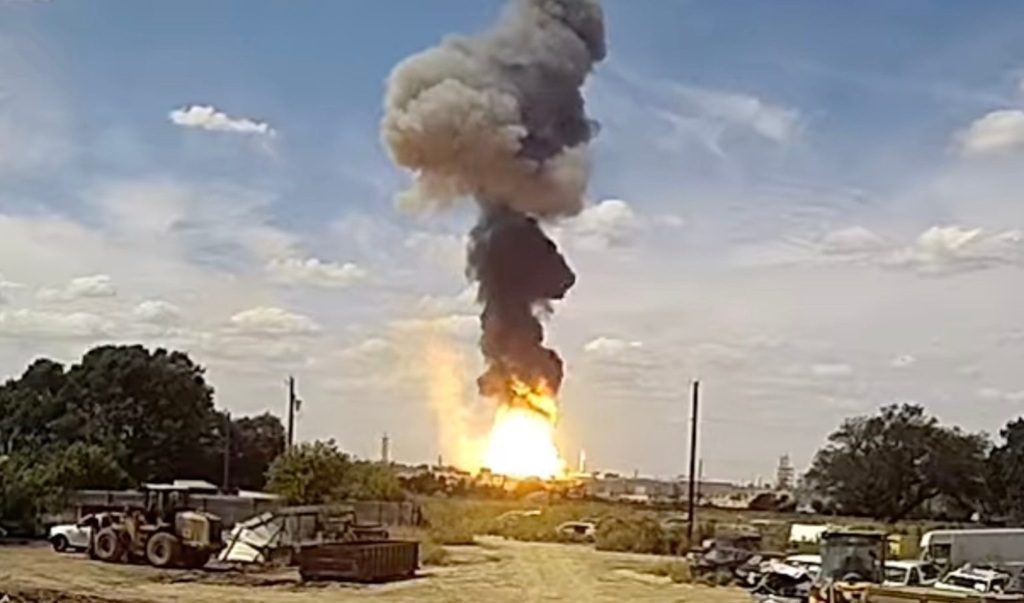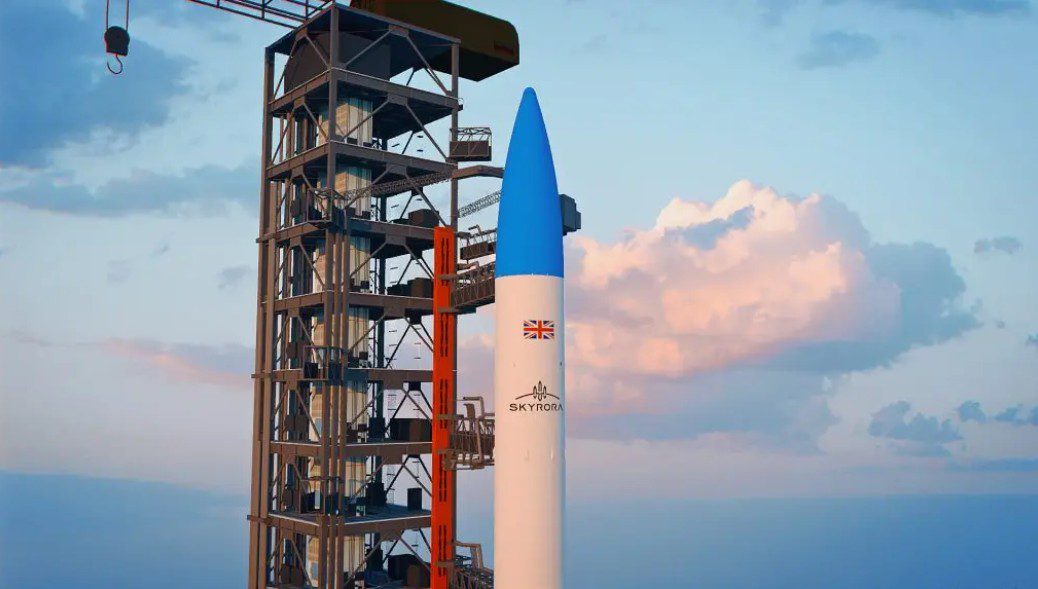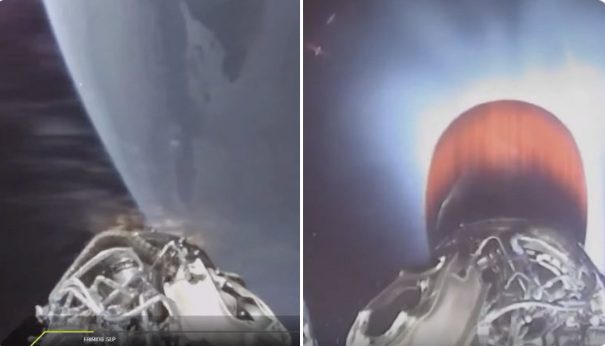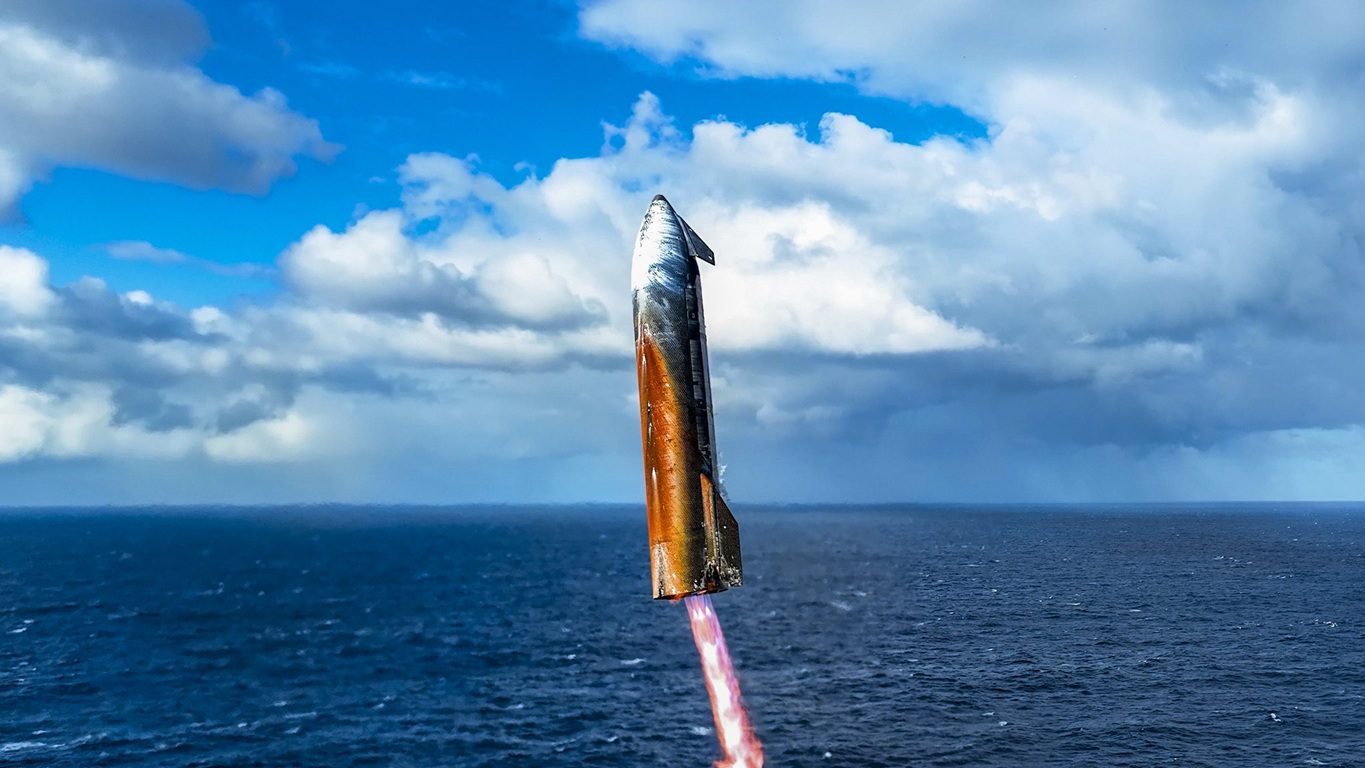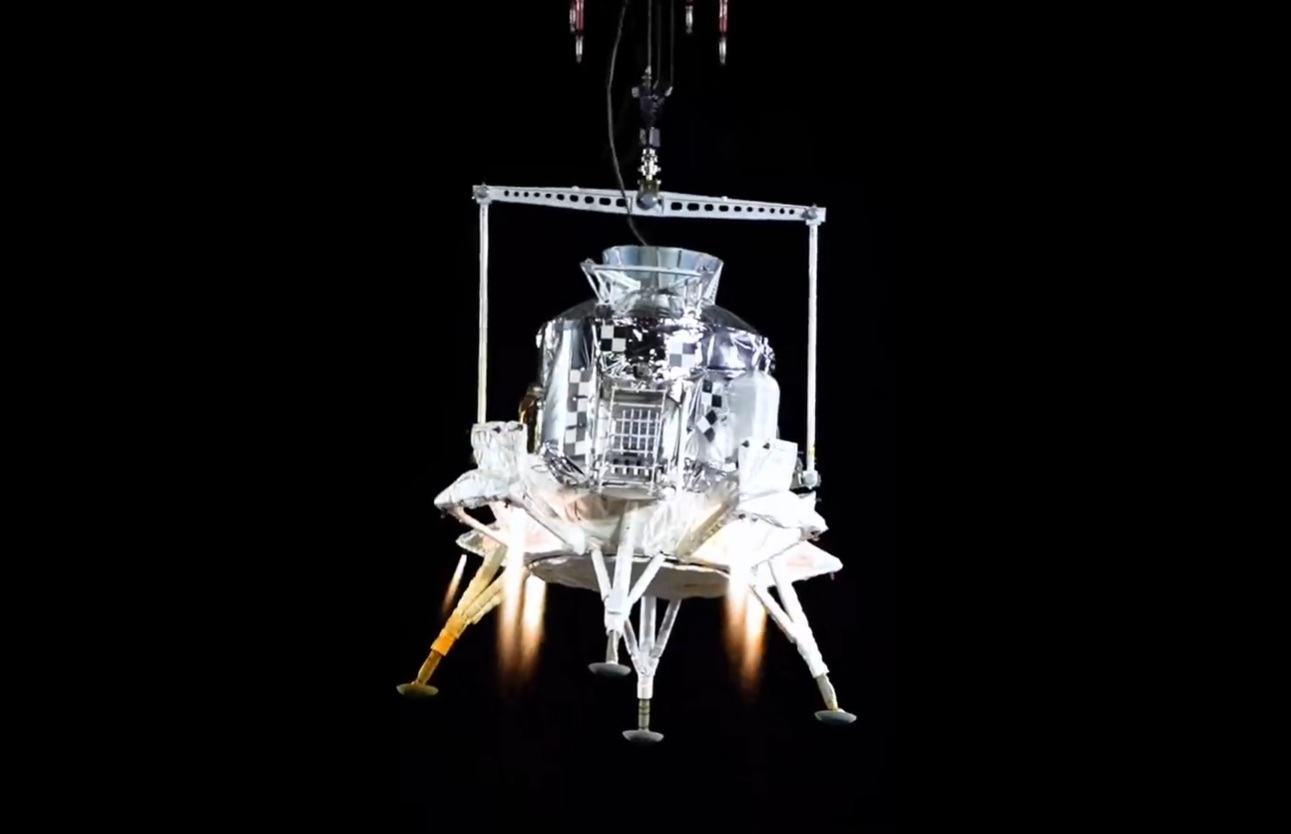A test stand at SpaceX’s Starbase facility was severely damaged in an explosion, marking a potentially major setback to the SpaceX Starship programme.
A refuelled Starship upper stage (Ship 36) was awaiting the start of an engine test at Starbase in Boca Chica, Texas on 19 June. A major explosion at 0400 GMT destroyed the stage and part of the test stand.
Elon Musk, CEO of SpaceX, quipped that the dramatic incident was: “Just a scratch”. He later suggested the likely cause was the failure of a Composite Overwrapped Pressure Vessel (COPV) carrying liquid nitrogen and held within the payload bay.
A full investigation into the Starship test failure and remedial measures are expected before the next flight – dubbed IFT-10 – takes place. This will use the already tested Starship (Ship 37) and will take place before the end of the year.
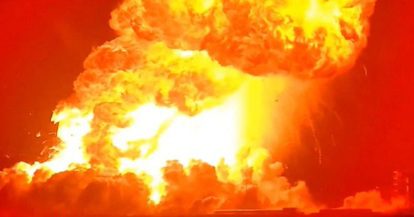
Video still of test explosion of Starship Ship 36. Courtesy: X/NSF
Damage to Massey’s test stand: repairs could take months
Initial photographic and physical surveys of the site showed that Massey’s test stand has been written off. Although the infrastructure can be repaired, it will cost SpaceX several months. Massey is the company’s main test stand for its Starship effort. As such it is a serious temporary loss that will delay the programme.
Remarkably, the nearby propellant farm tanks sustained only scorch marks despite being engulfed in flames. Some may still need to be replaced. The concrete flame trench beneath the stand remained largely intact.
SpaceX faces growing pressure to demonstrate cryogenic propellant transfers in orbit for the Starship Human Landing System (HLS).
Echoes of an earlier pre-launch Falcon 9 failure
The incident is reminiscent of a 2016 Falcon 9 failure that destroyed the Amos-6 communications satellite. That event also involved the malfunction of a COPV — this time containing helium — held within the oxygen tank. The tank was made from titanium and reinforced with carbon fibre.
Unusually fast loading led to the formation of an oxygen ‘bubble’ in the tank’s carbon fibre. This solidified between the composite overwrap and the liner of the vessel itself. Friction between the solid oxygen and composite led to carbon ignition, triggering the tank’s catastrophic failure.



